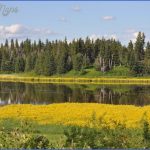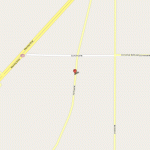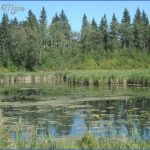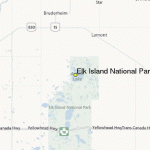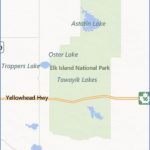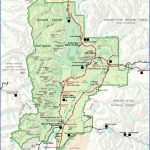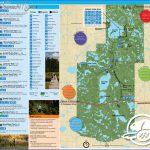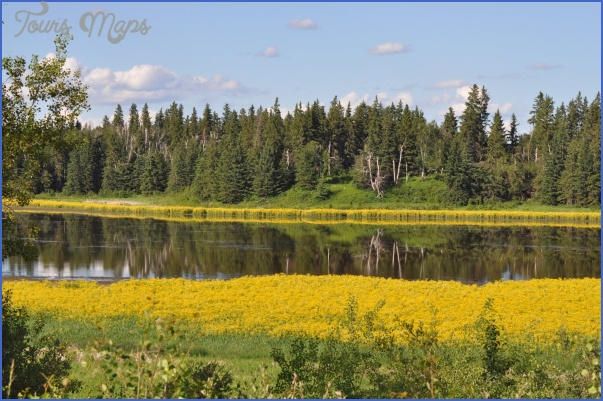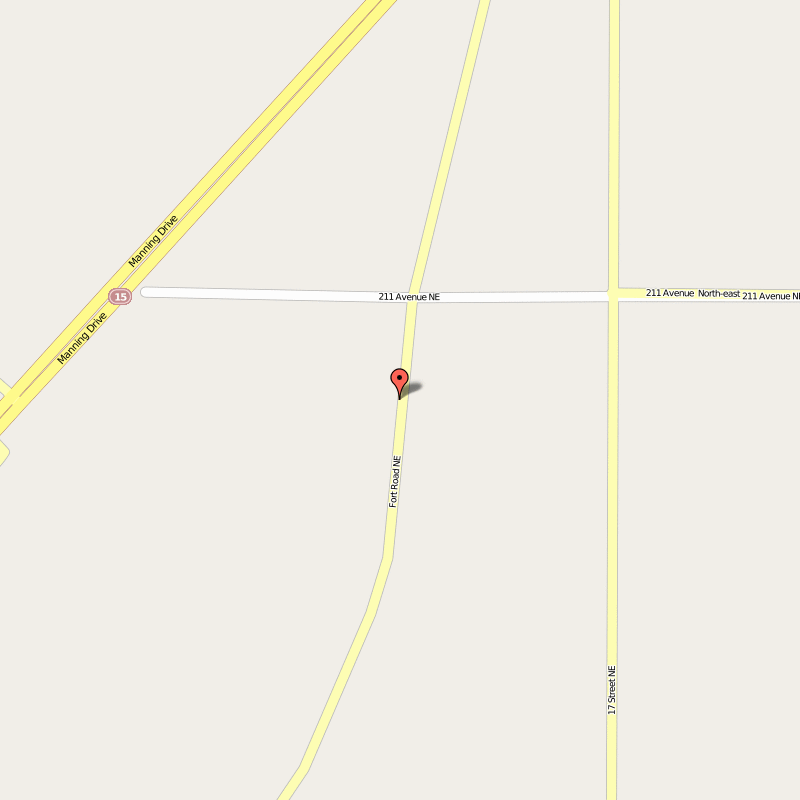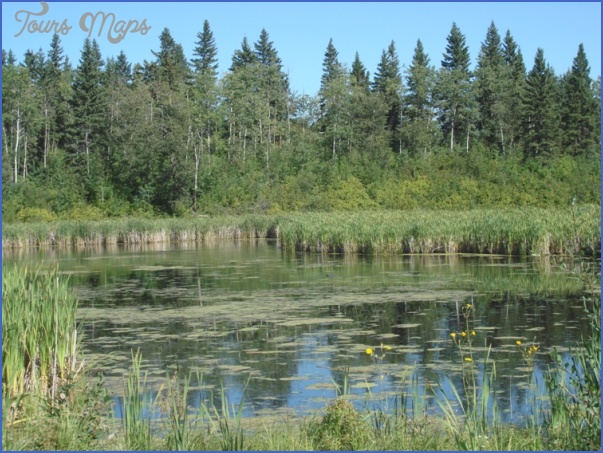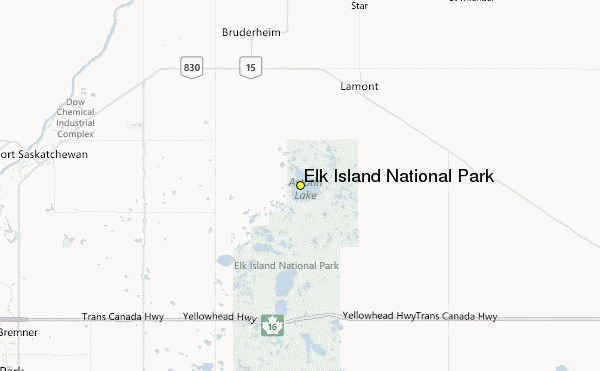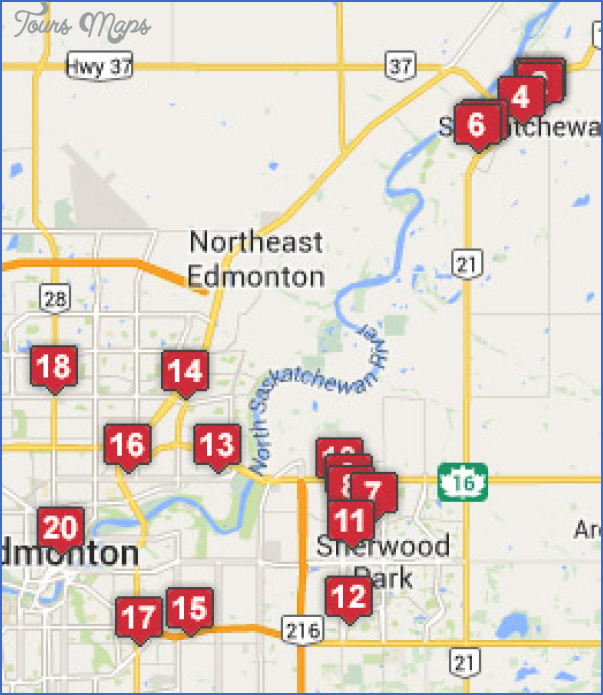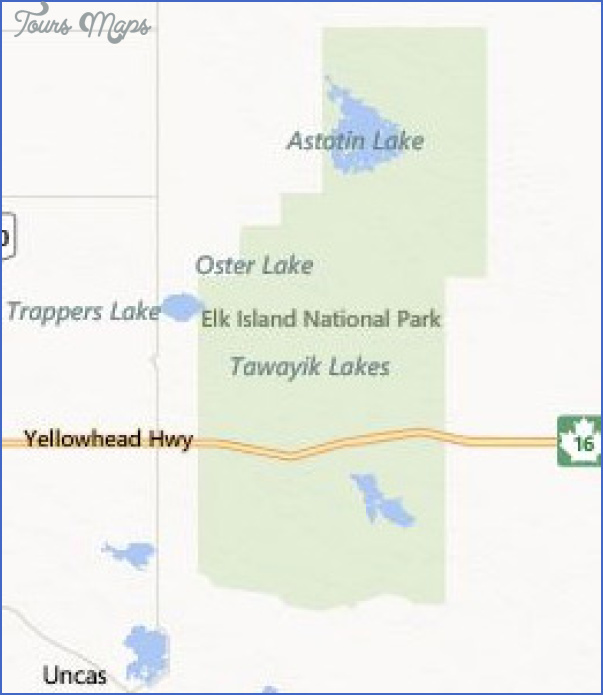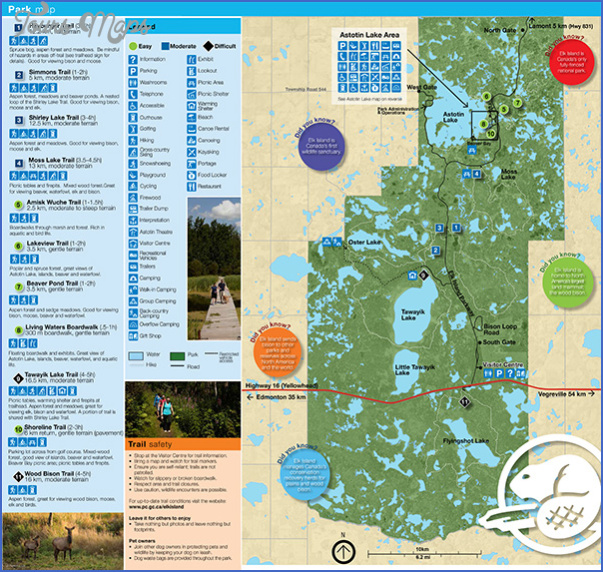Directions: Exit Edmonton travelling east on the Yellowhead Trail. Continue east on the Yellowhead Highway (Highway 16), turn left on Range Road 201A, and follow the signs into the park.
Distance: 56 km, or about 45 minutes, from Edmonton.
Info: Open every day of the year. Swimming is not recommended. Entry and service fees are charged. 780-922-5790; www.pc.gc.ca/pn-np/ab/elkisland.
Located in the Beaver Hills, Elk Island National Park is unique because of its combination of aspen parkland, boreal forest, and glacial moraine habitats. Because so much land has been acquired for farmland and community development, aspen parkland is one of the most endangered habitats in Canada. The park is home to more than 40 species of mammals, including free-roaming (within park boundaries) plains bison, wood bison, moose, and elk. Throughout the year, at least 250 bird species can be seen in the park, including red-eyed vireos, least flycatchers, song sparrows, northern saw-whets, great horned owls, double-crested cormorants, great blue herons, and black-crowned night herons. The red-necked grebe is the most common waterfowl species here, and the park is one of the few places outside the Rocky Mountains where Barrow’s goldeneyes nest.
The park has an extensive cultural history; it contains the remains of homesteader cabins, the site of Alberta’s first forest ranger station, and 227 Aboriginal sitesmost of which are camp and stone-tool-making sites. Historical buildings in the park include the superintendent’s home, a pavilion overlooking the beach, a horse barn, and a Ukrainian pioneer home.
In 1881-82, German, British, and Ukrainian settlers cleared land around the Beaver Hills because the hills themselves were too hilly and wet. The hills were important habitat for fur-trade animals until the 1830s, when beaver were virtually eliminated here. As late as 1841, bison were still taken in large numbers but were becoming scarce. Bison were almost eliminated by the late 1860s, and other large herbivores, such as moose and elk, became hard to find. Fire devastated the area in 1895, prompting the federal government to create the Cooking Lake Forest Reserve in 1899. Still, sport and sustenance hunting threatened wildlife populations, and the Beaver Hills elk became one of Canada’s last intact herds. In 1906, the federal government established Elk Park and erected a 2.2-metre-high fence to create the first federally controlled big game sanctuary in Canada. Bison came to Elk Island in 1907, when the Canadian government purchased one of the last herds of bison from Michel Pablo of Montana. Elk Island joined the Parks Canada family in 1913 and is Canada’s only national park that is completely surrounded by a fence.
Every year, park staff rounds up the bison population, a practice that dates back almost 100 years. The herds are checked for disease, and surplus animals are removed from the park. Many find new homes in other national parks or conservation programs throughout North America. Wood bison have even been sent to the Sakha Republic, a Russian province in Siberia.
For many years, herd reductions took the form of slaughter. Bison, elk, and moose meat was given to Aboriginal bands across Canada, or bison meat was sold commercially through retail outlets.
During World War II, money raised through the sale of bison meat was used to support Canada’s efforts overseas. These practices ended in the mid-1960s, when shooting animals in national parks became less acceptable to the public. Parks Canada increased efforts to conserve bison, and transporting live bison to new homes became easier. During this time, when more bison needed to be removed from the park than a conservation project could accommodate, surplus animals were sold at live auction. This was the beginning of Canada’s domestic bison ranches. The ancestry of most of the bison being raised on Canadian ranches can be traced to Elk Island National Park.
The visitor centre near the south gate is open daily during the summer. You can see park history and natural heritage displays, pick up a trail map, and learn about interpretive program and special event schedules. There are 11 self-guided trails that thread through more than 100 kilometres of lakes, spruce bogs, low-forested hills, and meadows. Trails vary from short strolls on a boardwalk to the scenic 18.6-kilometre Wood Bison Trail. The paved Shoreline Trail is wheelchair accessible. The park is available to day visitors, and daily interpretive programs are scheduled throughout the summer. Hiking trails are used for snowshoeing and cross-country skiing in the winter.
Astotin Lake in Elk Island National Park
ELK ISLAND NATIONAL PARK Photo Gallery
Maybe You Like Them Too
- Explore Pulau Sebang Malaysia with this Detailed Map
- Explore Southgate, Michigan with this detailed map
- Explore Les Accates, France with this Detailed Map
- Explore Góra Kalwaria, Poland with this detailed map
- Explore Gumdag, Turkmenistan with this detailed map

